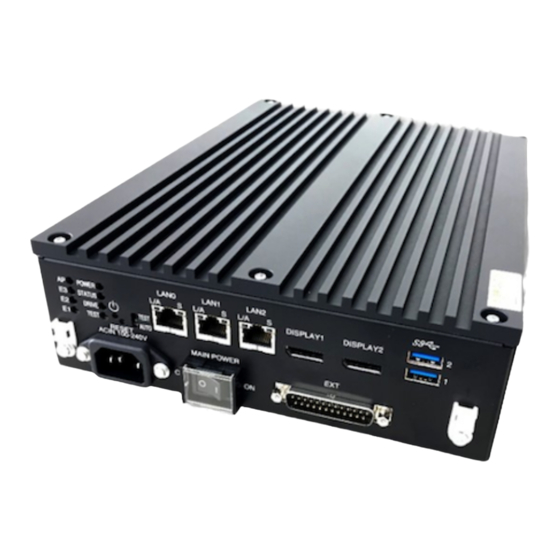
User Manuals: Hitachi CE50-10 Industrial Edge Computer
Manuals and User Guides for Hitachi CE50-10 Industrial Edge Computer. We have 1 Hitachi CE50-10 Industrial Edge Computer manual available for free PDF download: Instruction Manual
Advertisement
Advertisement
